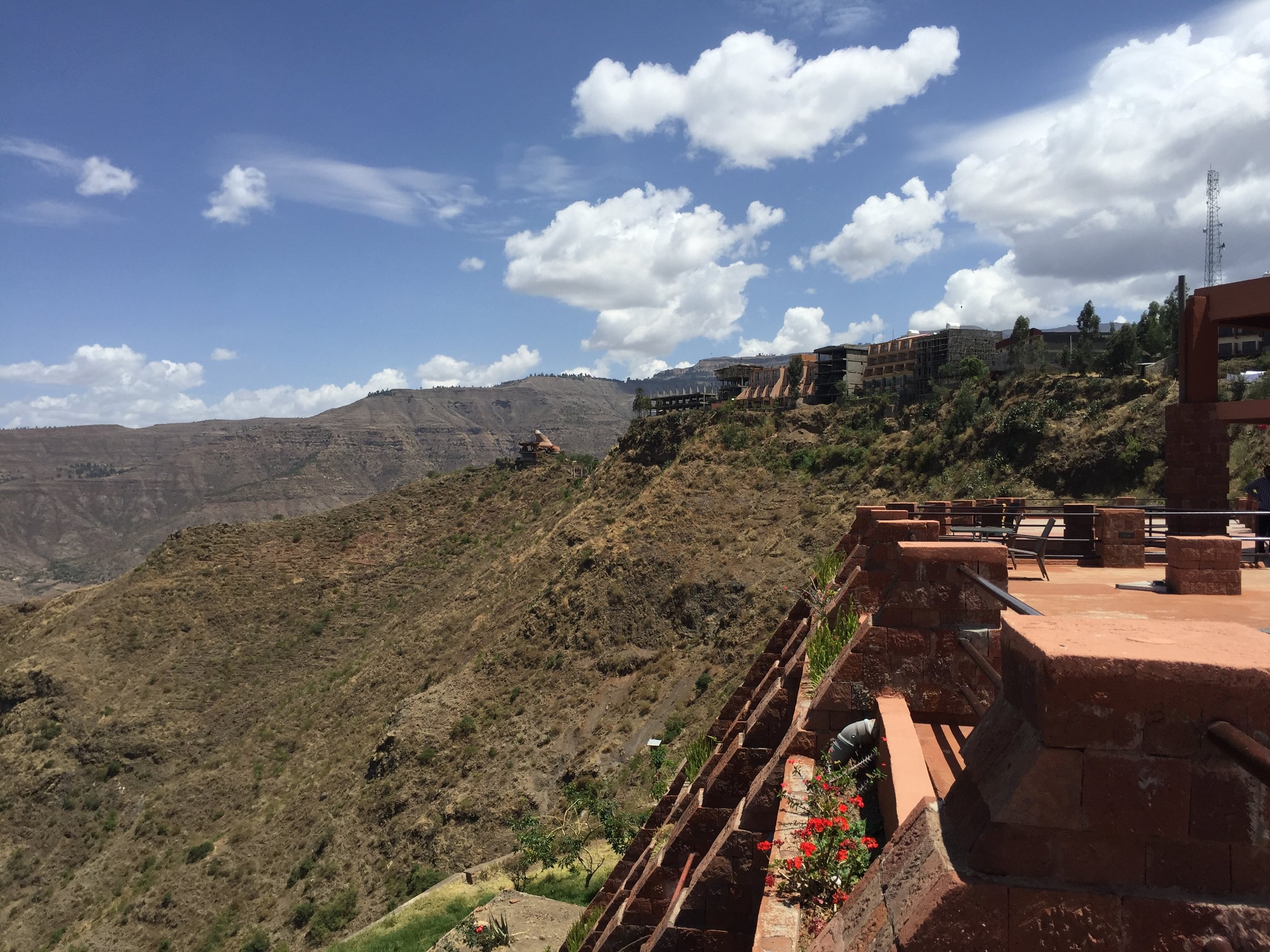The Most Far-Flung Place I’ve Ever Been: Ethiopia
Nearly ten years ago, I traveled to the most remote and otherworldly places I’ve ever visited: Ethiopia. It was a trip that took me across time, terrain, and temperature extremes—and it remains one of the most unforgettable trips of my life.
Addis Ababa
We began in Addis Ababa, Ethiopia’s high-altitude capital. The city had transformed dramatically since I’d first visited now 20 years ego. New rail lines and infrastructure brought a pulse of modernity to a place steeped in history. One of the highlights was visiting the National Museum to see the remains of Lucy, the world’s most famous early human remains. Between that and discovering hidden speakeasies, Addis offered a compelling blend of ancient and contemporary — a stark contrast from what I remembered years before.
Lalibela
Next, we flew to Lalibela, a place that feels suspended in time. The famed rock-hewn churches—carved directly into the earth—are a testament to human ingenuity and spiritual devotion. The scale, craftsmanship, and sheer mystery of these structures left us in awe. The dramatic topography only added to the sense that we were exploring something sacred and powerful.
Danakil Depression in AFAR
But nothing prepared me for what came next: the Danakil Depression in the Afar region—literally and figuratively the most far-flung place I’ve ever set foot. One of the hottest and lowest places on earth, this alien-like landscape is filled with technicolor sulfur springs, jagged salt flats, and mineral formations that defy logic. At night, we climbed Erta Ale, a live volcano with a glowing lava lake. Standing at its rim in the pitch-black, watching magma bubble and churn beneath our feet, was surreal. Because of the intense heat, we had to make the trek under the cover of darkness and return just as the sun was rising.
That night, we camped in a rural Afar village under the stars, sleeping on makeshift beds as goats and camels wandered through. The terrain—scorched by ancient lava flows—looked like something out of a science fiction film. Then we went to the salt flats bordering Djibouti. The traditions of salt mining dates back to when it was as valuable as gold, and witnessing the men ride their camels in our direction through the salt flat gave the look of walking on water. Another moment we couldn’t believe even with our own eyes.
Tigray & Aksum
From there, we made our way to Gheralta Lodge in the Tigray mountains, where yet more ancient rock-hewn churches await, clinging to cliff faces with panoramic views. Our final stop was Aksum, the former capital of an ancient empire and the ‘reported’ resting place of the Ark of the Covenant. Here, archaeological ruins and solemn religious traditions coexist. At the chapel, one guardian alone is entrusted to watch over the sacred texts—a responsibility passed down through generations. It was quite a site to quietly witness the ceremonies.
Ethiopia is not an easy place to describe—it’s layered, vast, and utterly unique. It’s a land of ancient empires and living traditions, of lunar landscapes and soul-stirring spirituality. And I only scratched the surface. With two weeks, you can cover a lot, but there’s still so much more to see, especially in the southern tribal regions and cultural heartlands.
This was the first time I was a guest on what we call a familiarization trip with the Ethiopian Tourism Board. I was reluctant at first since my first visit to Addis was tough and the city in rough condition on our layover to Malawi. I’m so glad I didn’t let that deter me from returning and seeing the renaissance and much more of the country.
If you’re seeking a destination that’s truly off the charts, where every stop makes you rethink what you thought you knew about the world, Ethiopia will change you.



























